Enermax Platimax D.F. 1200W PSU Review
Why you can trust Tom's Hardware
Transient Response Tests
Advanced Transient Response Tests
For details on our transient response testing, please click here.
Ιn these tests, we monitor the EPF1200EWT's response in several scenarios. First, a transient load (10A at +12V, 5A at 5V, 5A at 3.3V, and 0.5A at 5VSB) is applied for 200ms as the PSU works at 20 percent load. In the second scenario, it's hit by the same transient load while operating at 50 percent load.
In the next sets of tests, we increase the transient load on the major rails with a new configuration: 15A at +12V, 6A at 5V, 6A at 3.3V, and 0.5A at 5VSB. We also increase the load-changing repetition rate from 5 Hz (200ms) to 50 Hz (20ms). Again, this runs with the PSU operating at 20 and 50 percent load.
The last tests are even tougher. Although we keep the same loads, the load-changing repetition rate rises to 1 kHz (1ms).
In all of the tests, we use an oscilloscope to measure the voltage drops caused by the transient load. The voltages should remain within the ATX specification's regulation limits.
These tests are crucial because they simulate the transient loads a PSU is likely to handle (such as booting a RAID array or an instant 100 percent load of CPU/GPUs). We call these "Advanced Transient Response Tests," and they are designed to be very tough to master, especially for a PSU with a capacity of less than 500W.
Advanced Transient Response at 20 Percent – 200ms
| Voltage | Before | After | Change | Pass/Fail |
|---|---|---|---|---|
| 12V | 12.025V | 11.949V | 0.63% | Pass |
| 5V | 5.077V | 4.964V | 2.23% | Pass |
| 3.3V | 3.315V | 3.196V | 3.59% | Pass |
| 5VSB | 5.054V | 5.014V | 0.79% | Pass |
Advanced Transient Response at 20 Percent – 20ms
| Voltage | Before | After | Change | Pass/Fail |
|---|---|---|---|---|
| 12V | 12.017V | 11.920V | 0.81% | Pass |
| 5V | 5.077V | 4.945V | 2.60% | Pass |
| 3.3V | 3.315V | 3.172V | 4.31% | Pass |
| 5VSB | 5.054V | 5.010V | 0.87% | Pass |
Advanced Transient Response at 20 Percent – 1ms
| Voltage | Before | After | Change | Pass/Fail |
|---|---|---|---|---|
| 12V | 12.013V | 11.926V | 0.72% | Pass |
| 5V | 5.076V | 4.943V | 2.62% | Pass |
| 3.3V | 3.315V | 3.167V | 4.46% | Pass |
| 5VSB | 5.053V | 4.984V | 1.37% | Pass |
Advanced Transient Response at 50 Percent – 200ms
| Voltage | Before | After | Change | Pass/Fail |
|---|---|---|---|---|
| 12V | 11.992V | 11.919V | 0.61% | Pass |
| 5V | 5.070V | 4.950V | 2.37% | Pass |
| 3.3V | 3.306V | 3.180V | 3.81% | Pass |
| 5VSB | 5.037V | 4.990V | 0.93% | Pass |
Advanced Transient Response at 50 Percent – 20ms
| Voltage | Before | After | Change | Pass/Fail |
|---|---|---|---|---|
| 12V | 11.984V | 11.882V | 0.85% | Pass |
| 5V | 5.069V | 4.931V | 2.72% | Pass |
| 3.3V | 3.305V | 3.155V | 4.54% | Pass |
| 5VSB | 5.037V | 4.993V | 0.87% | Pass |
Advanced Transient Response at 50 Percent – 1ms
| Voltage | Before | After | Change | Pass/Fail |
|---|---|---|---|---|
| 12V | 11.985V | 11.884V | 0.84% | Pass |
| 5V | 5.069V | 4.932V | 2.70% | Pass |
| 3.3V | 3.305V | 3.155V | 4.54% | Pass |
| 5VSB | 5.037V | 4.979V | 1.15% | Pass |
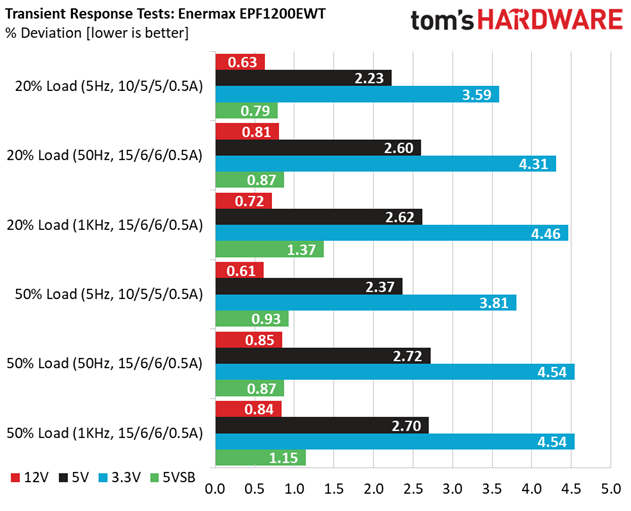
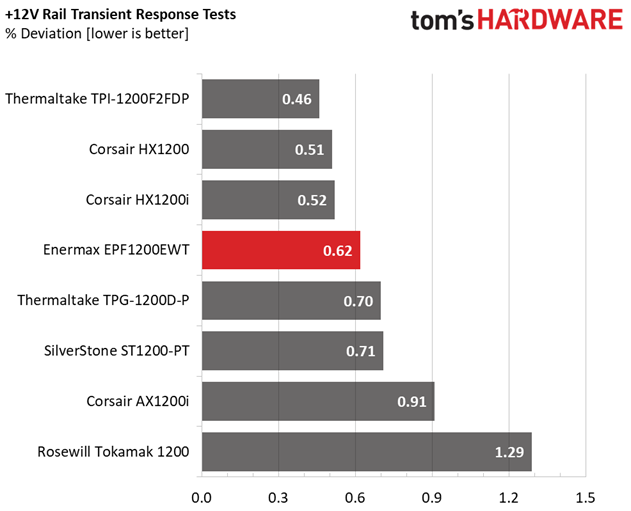



The +12V rail's transient response is very good; it stays within 1% in all cases. The 5V rail doesn't perform as well as other PSUs with similar capacity. However, it still falls within 3% deviation. Enermax's 5VSB rail is among the best we have seen in this category, while the 3.3V rail drops very low in some tests.
Get Tom's Hardware's best news and in-depth reviews, straight to your inbox.
Here are the oscilloscope screenshots we took during Advanced Transient Response Testing:
Transient Response At 20 Percent Load – 200ms
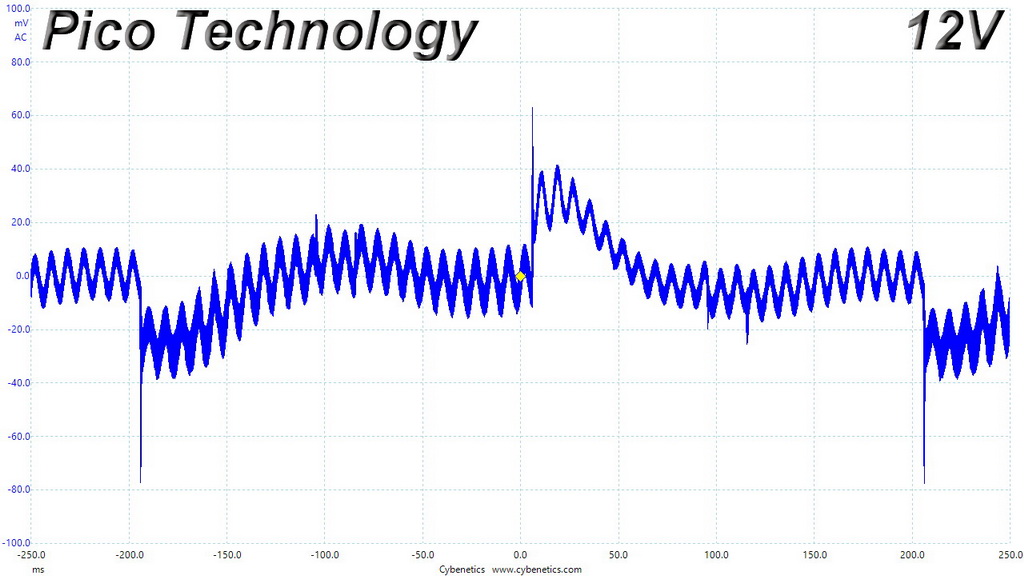
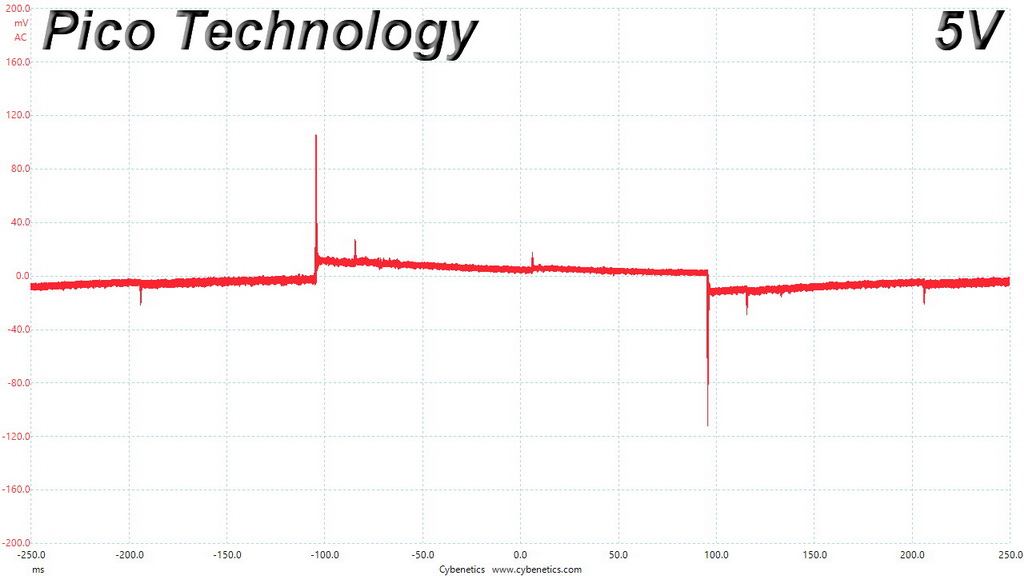
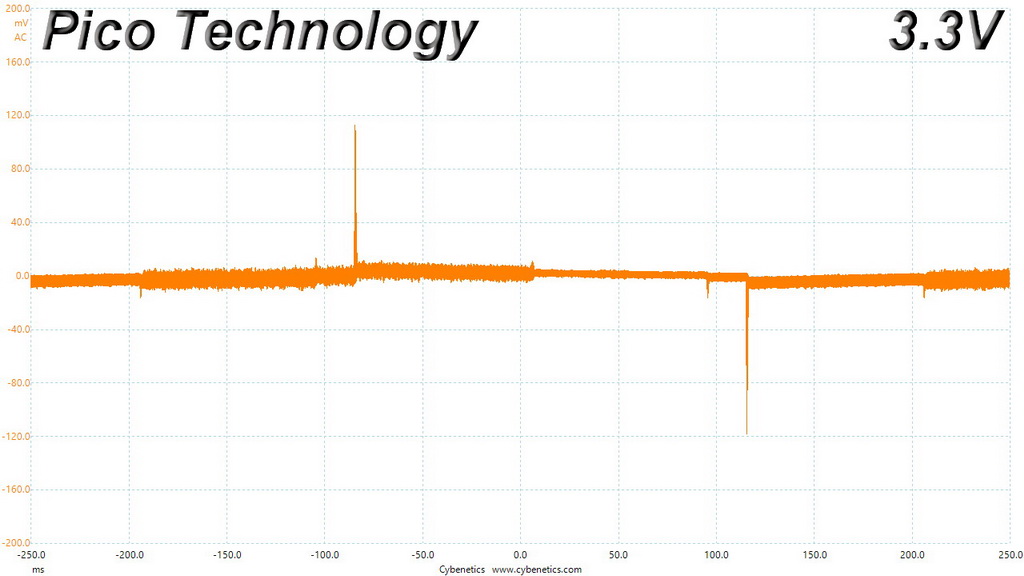
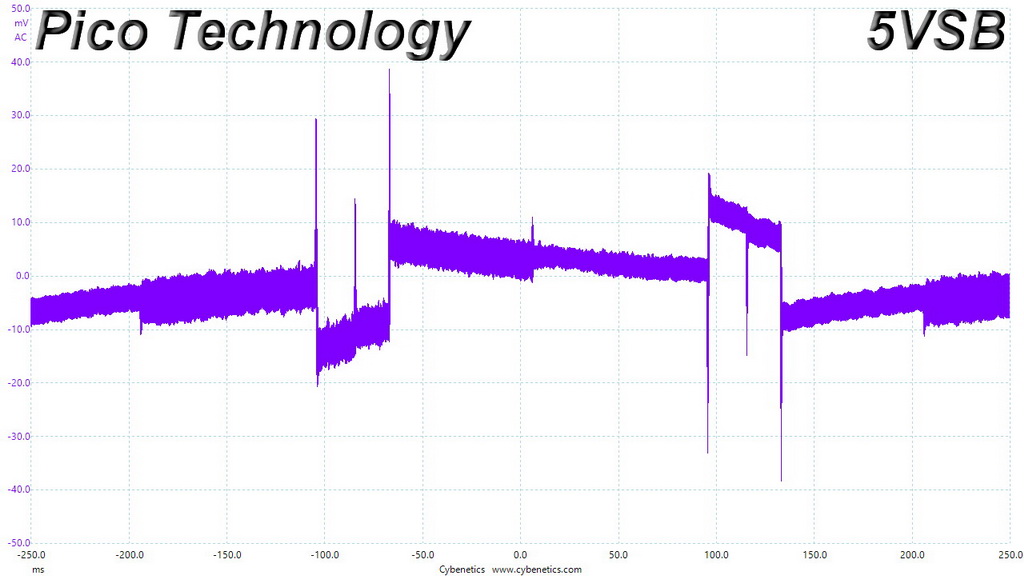
Transient Response At 20 Percent Load – 20ms
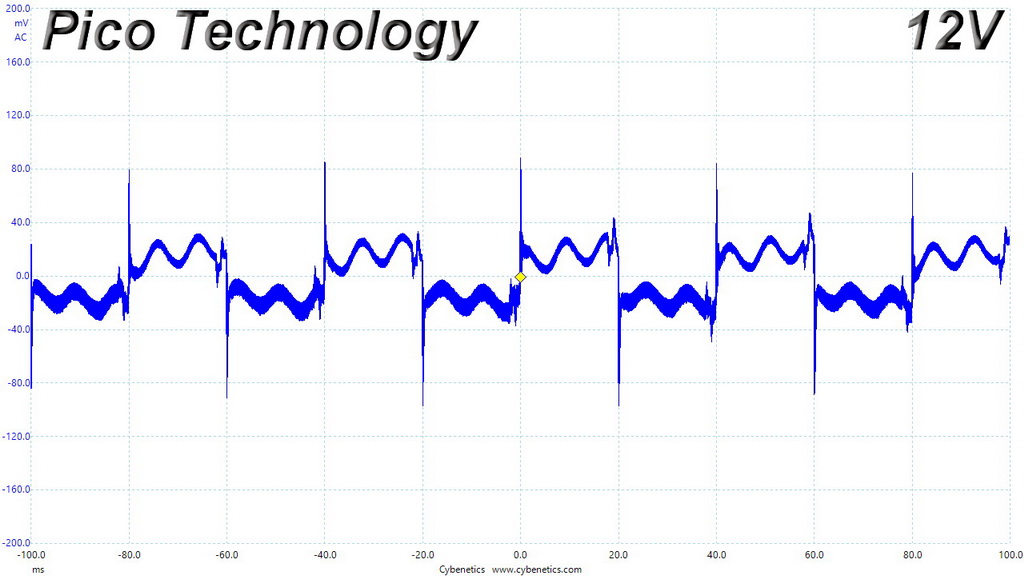
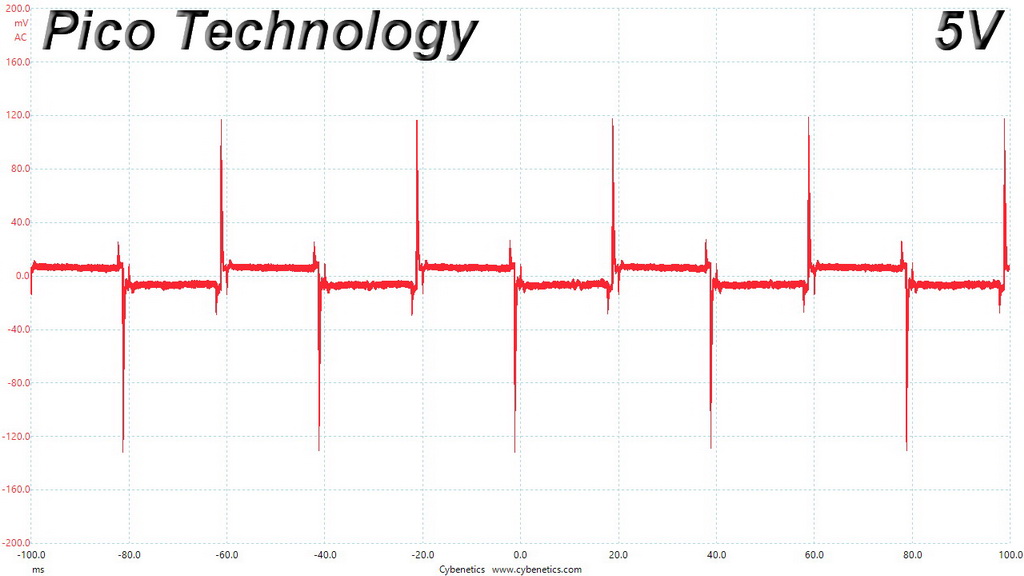


Transient Response At 20 Percent Load – 1ms



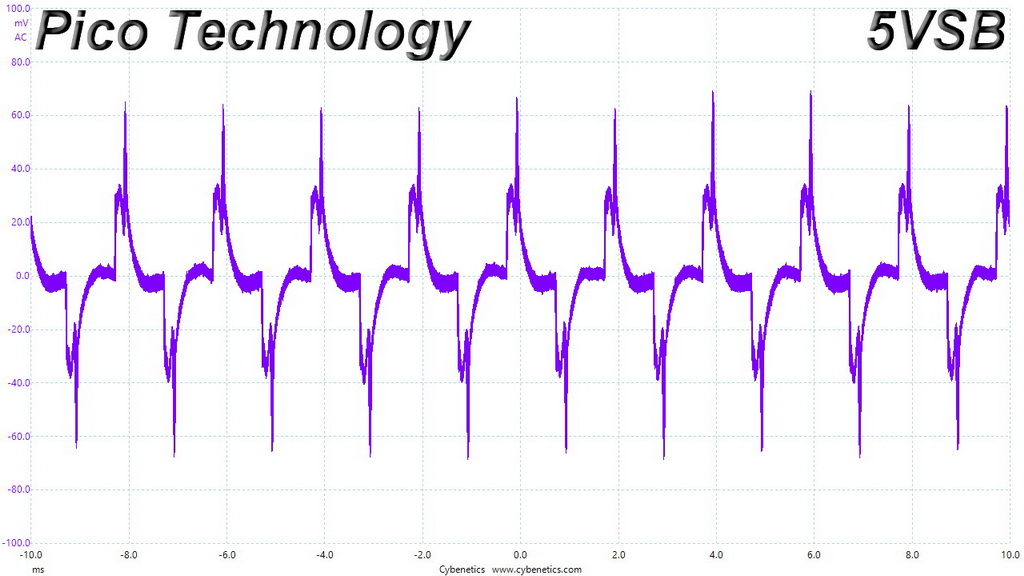
Transient Response At 50 Percent Load – 200ms
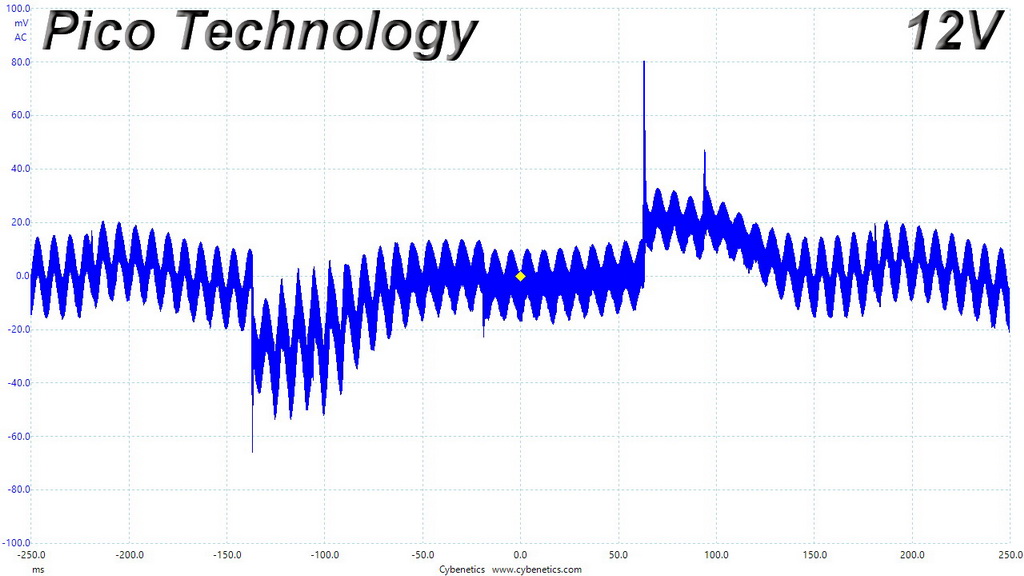


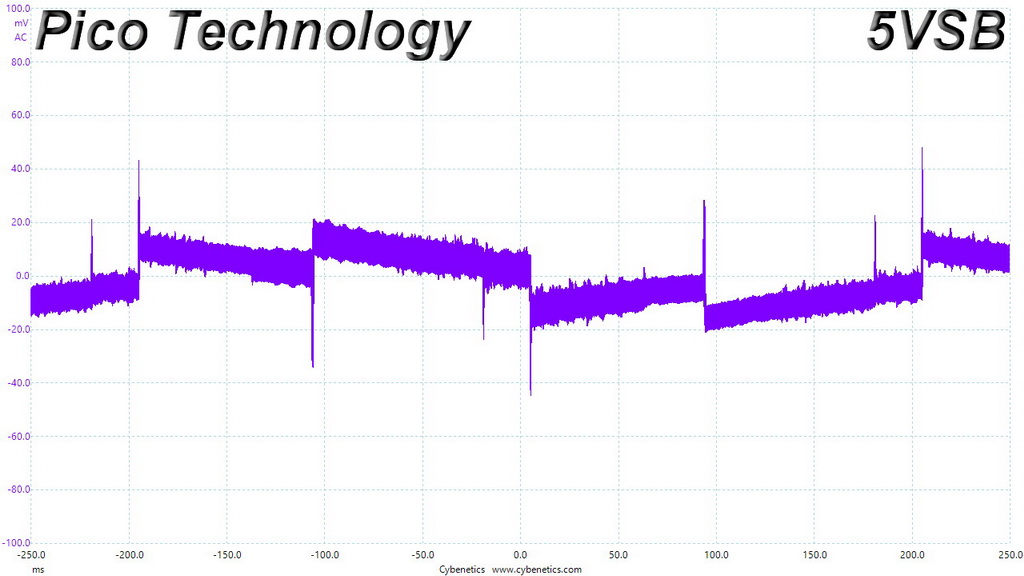
Transient Response At 50 Percent Load – 20ms


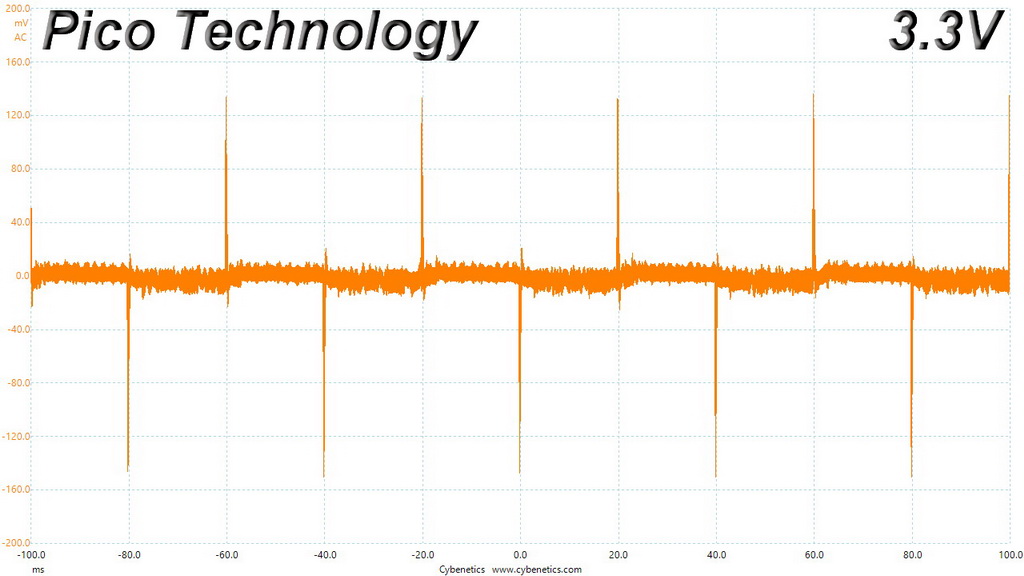
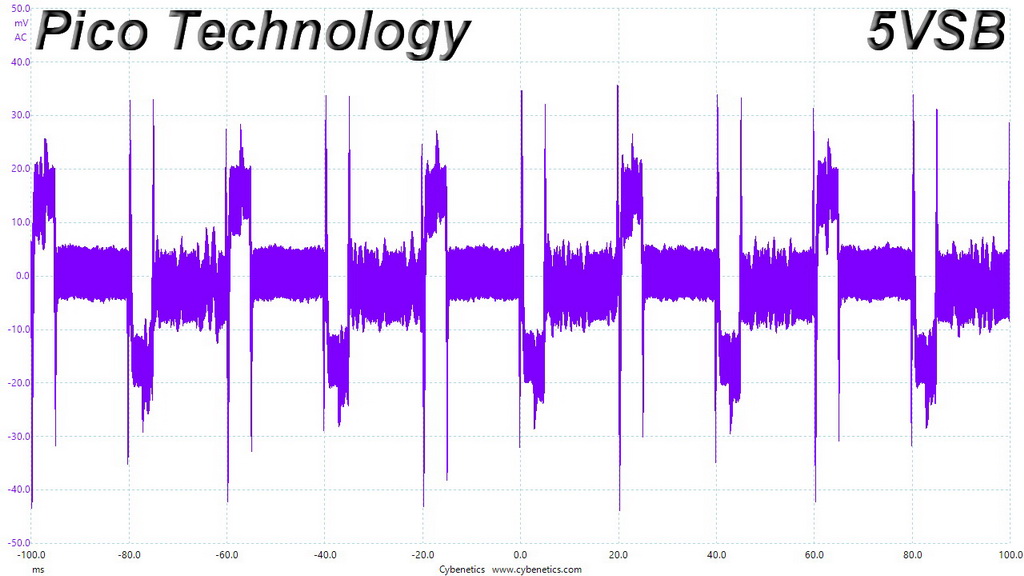
Transient Response At 50 Percent Load – 1ms

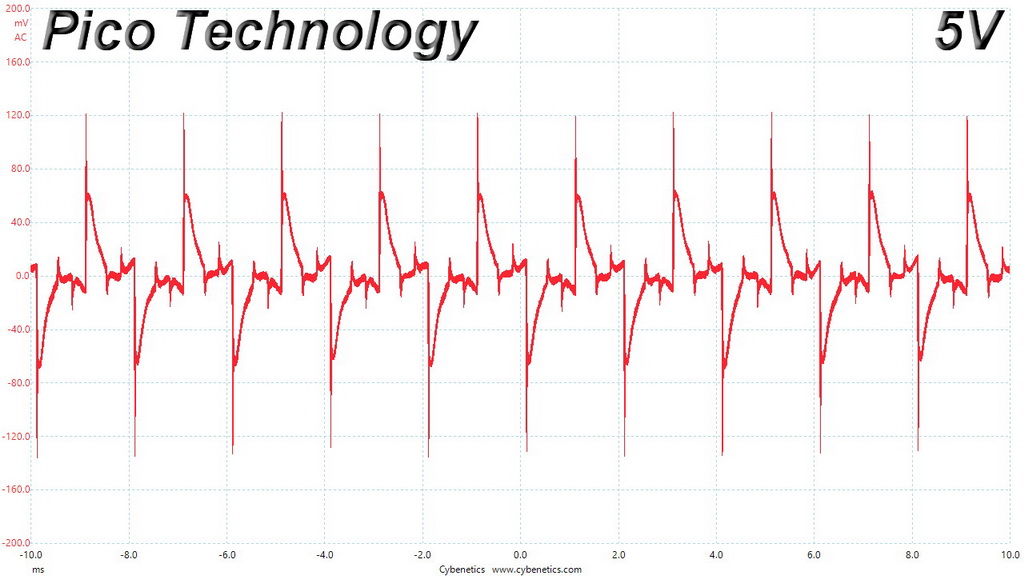
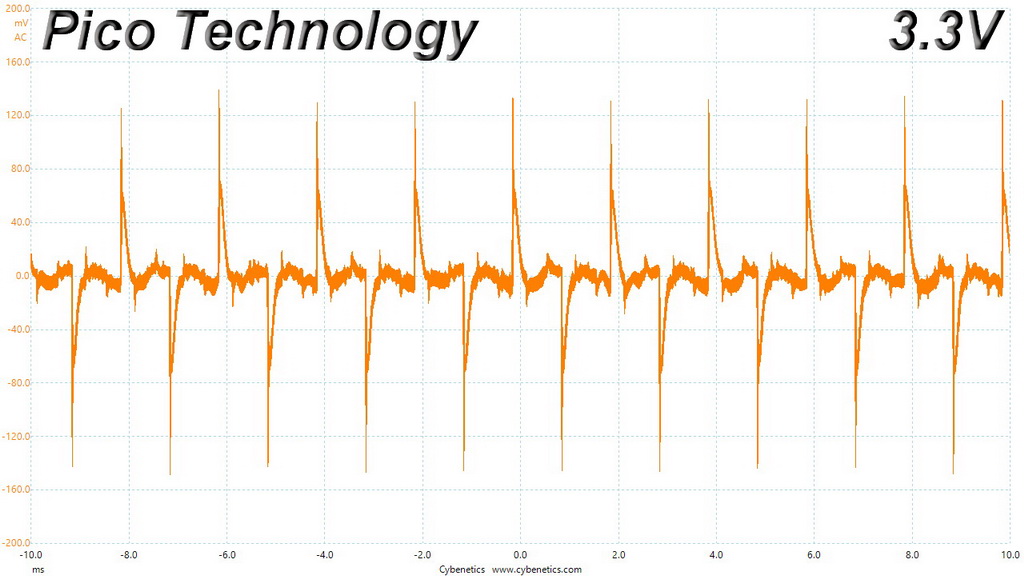

Turn-On Transient Tests
In the next set of tests, we measure the EPF1200EWT's response in simpler transient load scenarios—during its power-on phase.
For our first benchmark, we turned the EPF1200EWT off, dialed in the maximum current the 5VSB rail could output, and switched the PSU back on. In the second test, we dialed the maximum load the +12V rail could handle and started the 1200W supply while it was in standby mode. In the last test, while the PSU was completely switched off (we cut off the power or switched the PSU off), we dialed the maximum load the +12V rail could handle before switching it back on from the loader and restoring power. The ATX specification states that recorded spikes on all rails should not exceed 10 percent of their nominal values (+10 percent for 12V is 13.2V, and 5.5 V for 5V).

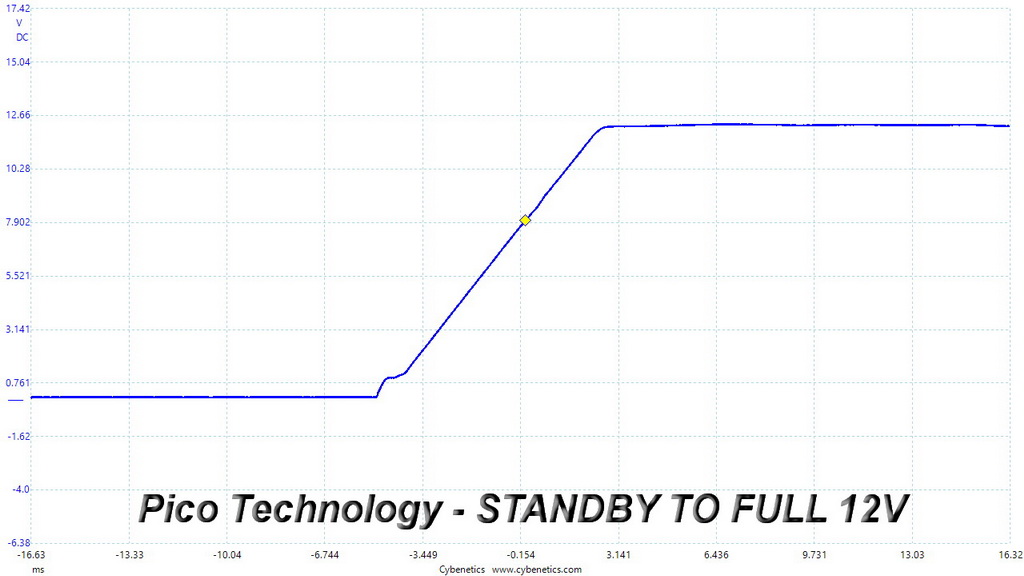
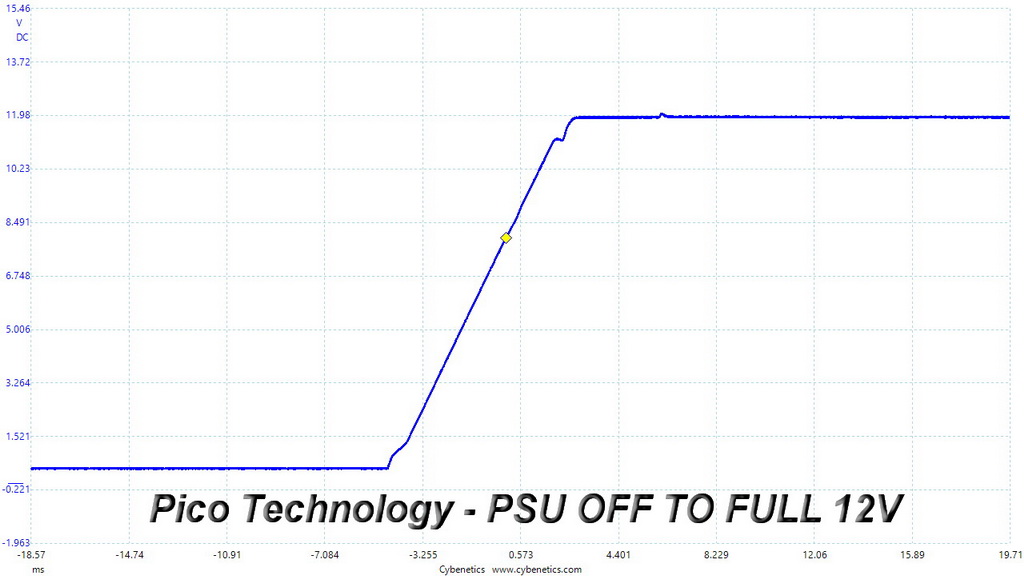
We observe almost perfect results!
MORE: Best Power Supplies
MORE: How We Test Power Supplies
MORE: All Power Supply Content
Current page: Transient Response Tests
Prev Page Cross-Load Tests & Infrared Images Next Page Ripple Measurements
Aris Mpitziopoulos is a contributing editor at Tom's Hardware, covering PSUs.
-
Soaptrail The DFR would not be that bad at adding dust to the case if it does it each time you start your PC. If DFR kicks in each time you resume from sleep i do not expect to see dust all over the case but if DFR is only activated once or twice a year then yes you will be adding dust to the case assuming it actually detaches from the PSU.Reply -
love4earthwk I'm afraid Teardown video is about thermaltake grand rgb.Reply
Enermax platimax df 1200w video is uploaded in Aris's youtube channel
https://www.youtube.com/watch?v=UYHaJDsd9QI -
Aris_Mp Yes there is a problem with the video. We are working on it! I am sorry for the confusion!Reply -
bettsar I prefer to read the teardown analysis. I usually find that to be the most interesting part of the power supply reviews. Thanks for the high quality work that you do in putting these together.Reply